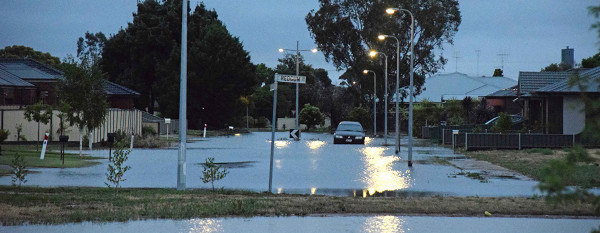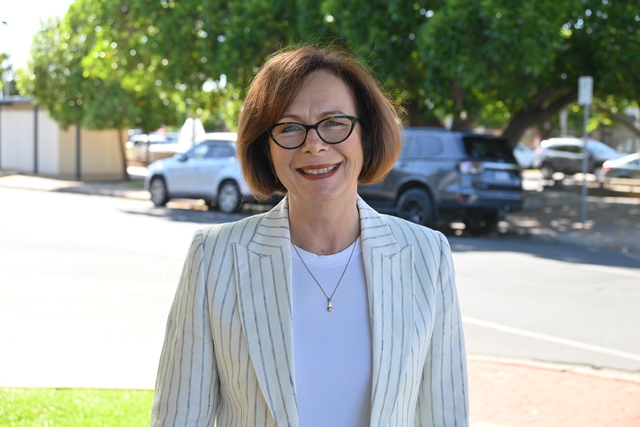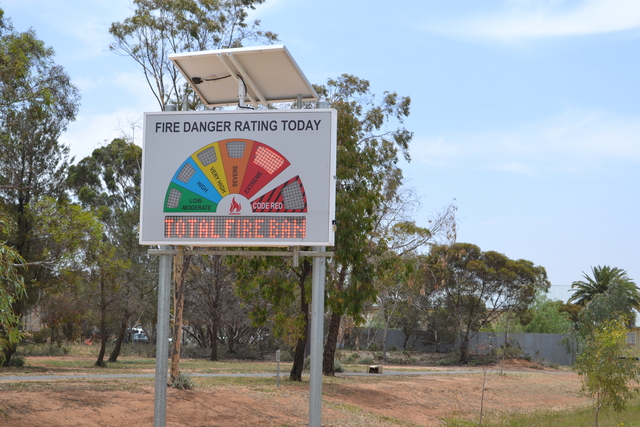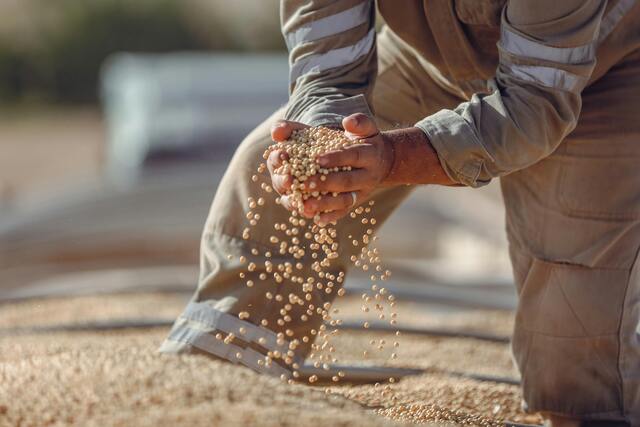
AT least two weather records were broken last year, with a third to be verified by the Bureau of Meteorology.
The district experienced its driest June and hottest September day on record in 2017, with studies to occur this month to determine whether the wettest December day on record also occurred.
As of yesterday, the bureau’s Kerang weather station had recorded 352.2 millimetres of rain in 2017, but this figure does not include the 36 millimetres initially recorded on the evening of December 1 prior to the station’s rain gauge malfunctioning.
When the 36 millimetres is added to the 2017 total, the district’s largest town received 388.2 millimetres – slightly above the long-term mark of 373.8 millimetres.
However, many properties in the area recorded up to 90 millimetres in a 24 hours period – which would eclipse the 75 millimetres that fell on December 8, 1993 to make it the wettest December day on record – with totals surpassing triple figures reported at Cohuna and Leitchville.
The rain – which followed on from the district’s wettest day in 19 years, when 65.8 millimetres fell in 24 hours between November 15 and 16 – helped boost the region’s totals, with hot and dry conditions occurring throughout the year.
It took until April for the district to experience above-average rainfall for the month – thanks to 44.6 millimetres falling in a 24-hour period between April 20 and 21 – with above-average falls in May building hopes of average rainfall in winter.
However, the driest June on record, resulting in 1.2 millimetres of rain falling, helped to make winter 2017 record a below-average total.
Meanwhile, the district experienced its hottest September day on record, with the September 23 maximum of 36.6 degrees being 17.5 degrees above the long-term mark.
The figure was also 8.2 degrees off the hottest day of 2017, which occurred on February 10 when the temperature reached 44.8 degrees.
This was one of five days when the temperature surpassed 40 degrees – two in January and three in consecutive days in February.
The district experienced two nights where the minimum temperature failed to drop below 25 degrees, with the January 8 minimum of 28.0 degrees the warmest night of 2017.
This is in stark contrast to nights when the temperature dropped below zero degrees, which occurred on eight occasions last year – including the coldest night of 2017 on July 1, when a minimum temperature of -3.4 degrees occurred.
The maximum temperature dropped below 10 degrees on one occasion in 2017, with August 3’s high of 8.7 degrees ensuring it would be the coldest day of the year.







